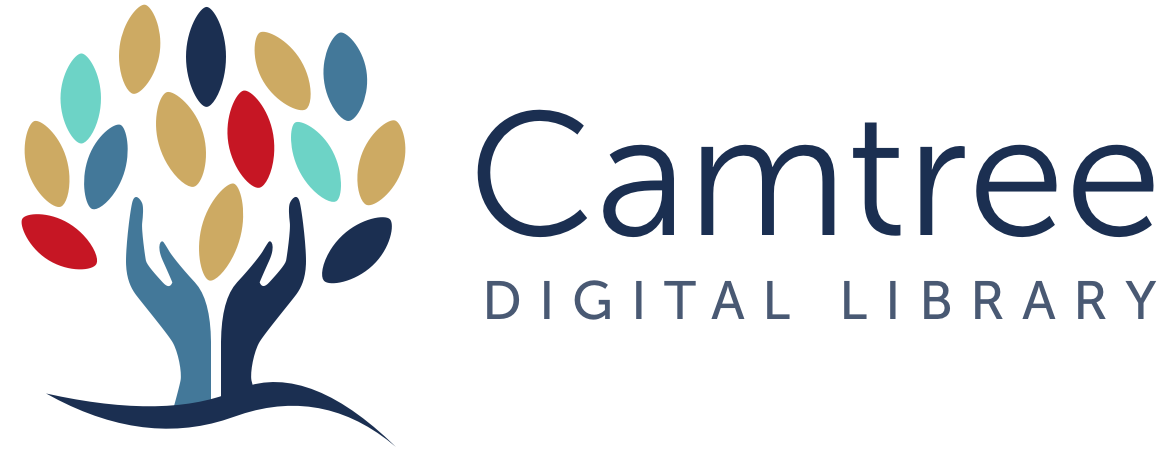Loading...
How to develop Grade 9 and 10 students’ writing skills by using the flipped writing method in English lessons
Yermanova, Bakytgul Gurinova, Alessya Golovintseva, Valeriya Kiiko, Yelena Rakhmail, Elvira Melnikova, Yuliya
Yermanova, Bakytgul
Gurinova, Alessya
Golovintseva, Valeriya
Kiiko, Yelena
Rakhmail, Elvira
Melnikova, Yuliya
Files
Citations
Altmetric:
Date
2025
Educational Level
ISCED Level 3 Upper secondary education
Curriculum Area
Geographical Setting
Kazakhstan
Abstract
Background and purpose: In the context of Nazarbayev Intellectual Schools in Kazakhstan, students often struggle with recognizing genres and styles, generating and organizing ideas, using appropriate vocabulary, and applying grammar accurately. Traditional approaches to teaching writing, often perceived as solitary and disconnected from active classroom engagement, fail to provide students with the scaffolding needed to succeed.
Aims: This study explores the implementation of the Flipped Writing method to enhance writing skills among Grade 9 and 10 students in English classrooms at Nazarbayev Intellectual Schools of Chemistry and Biology in Pavlodar and Petropavlovsk, Kazakhstan. Flipped Writing, rooted in the Flipped Classroom and product-writing approaches, combines individual study of writing samples with structured in-class activities.
Study design: The research involved six English teachers, 18 students (three per teacher) aged 15- 16, and two facilitators from the Center for Pedagogical Excellence. Using qualitative methods, including teacher observations, comparative analysis of students’ written works, and student interviews, the study assessed progress in content development, vocabulary use, grammar accuracy, coherence, and cohesion. The research cycle included diagnostic assessments, three iterative lessons focusing on idea generation, guided writing, and feedback, as well as a summative essay task.
Findings: The study revealed significant improvement among struggling students in idea generation, vocabulary, and coherence, while advanced and mid-level students showed enhanced grammar accuracy and topical vocabulary use. Students acknowledged the utility of structured criteria, teacher support, and preparatory tasks in improving their writing.
Conclusion, originality, value and implications: This study demonstrates that the Flipped Writing method engages students and fosters independent learning while systematically building writing competencies. It highlights the potential for tailored approaches to address varied proficiency levels in multilingual learning environments. These findings contribute to innovative practices in writing pedagogy and suggest further adaptation of Flipped Writing for broader application in diverse contexts.
Description
Keywords (free text)
flipped writing,writing skills,product writing
